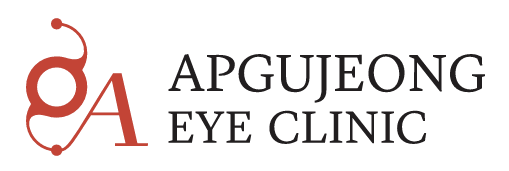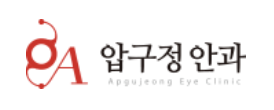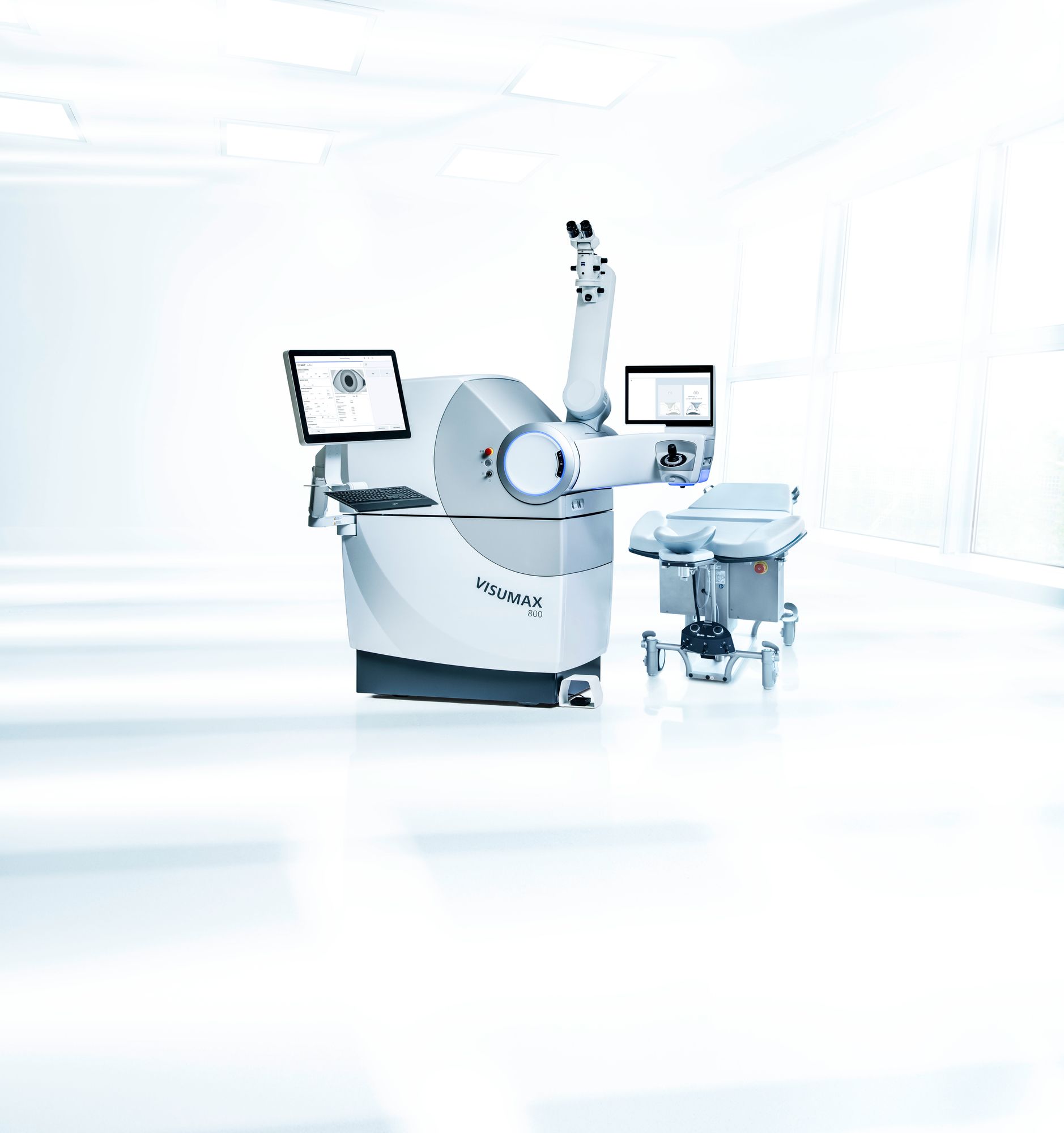Korea LASIK Clinic
LASIK in Korea: A Friendly Guide for International Patients
Korea is a global destination for laser vision correction—thanks to high surgeon volume, advanced diagnostic tech, and patient-centric care that welcomes foreigners. This guide explains the most common procedures, how to prepare, what recovery looks like, and where Apgujeong Eye Clinic fits in.
Who This Is For
- Travelers and expats seeking safe, modern laser eye surgery in Seoul
- Patients comparing LASIK vs. LASEK vs. SMILE vs. ICL
- Anyone who wants transparent steps, aftercare tips, and realistic expectations
Treatment Options in Korea
LASIK (Flap-Based Laser)
- Best for: Fast visual recovery, minimal discomfort
- How it works: A thin flap is created, the cornea is reshaped, and the flap is placed back.
- Good to know: Dry eye risk can be higher than surface procedures—your screening will check tear film quality.
LASEK/PRK (Surface Laser)
- Best for: Thinner corneas, contact-sport lifestyles, or if you’re not a LASIK flap candidate
- How it works: Surface epithelium is gently moved, the laser reshapes the cornea, and a protective lens helps healing.
- Good to know: Recovery is slower with a few days of discomfort, but long-term vision matches LASIK for many patients.
SMILE (Small Incision Lenticule Extraction)
- Best for: Low-to-moderate myopia with potential for fewer dry-eye symptoms
- How it works: A femtosecond laser creates and removes a tiny lens (lenticule) through a small incision—no flap.
- Good to know: Quick return to daily life; screening ensures your corneal shape is suitable.
ICL (Implantable Collamer Lens)
- Best for: High myopia, thin corneas, dry eye, or those not ideal for laser reshaping
- How it works: A soft lens is placed behind the iris to correct vision without altering the cornea.
- Good to know: Reversible in many cases; requires intra-ocular measurements and follow-up.
Why Korea Is Popular for Vision Correction
High-Volume Expertise
Surgeons in Seoul often perform large case numbers, which helps with consistent outcomes and a refined patient workflow.
Advanced Diagnostics
Clinics typically use multi-modality screening—topography, tomography, wavefront analysis, epithelial mapping, tear film testing—to personalize candidacy and settings.
Efficient Patient Journey
Most centers streamline same-day comprehensive screening → counseling → scheduling, with bilingual coordinators and clear aftercare plans for travelers.
Are You a Candidate?
Basic Candidacy Checklist
- Stable prescription (generally for 12–24 months)
- Healthy corneas (shape, thickness, no ectasia risks)
- Adequate tear film and manageable dry eye
- No active eye disease (e.g., keratitis, uncontrolled blepharitis)
- Realistic goals and willingness to follow aftercare
Not everyone is suited to laser reshaping; SMILE or ICL may be safer for certain corneas or prescriptions.
What to Expect: Process & Timeline
Step 1 — Pre-Visit Prep
- Stop contact lenses: soft 5–7 days, toric/rigid 2–4+ weeks (clinic will confirm).
- Bring previous prescriptions and medical history.
- Arrange a friend/ride after surgery day.
Step 2 — Screening Day
- Dilated exam, corneal maps, tear testing, and pupil measurements
- Personalized recommendation (LASIK/LASEK/SMILE/ICL) with risk discussion
Step 3 — Procedure Day
- Typically 15–30 minutes per eye
- Post-op checks within 24–48 hours
Step 4 — Recovery & Aftercare
- LASIK/SMILE: Many patients return to light work in 1–3 days.
- LASEK/PRK: Functional in 4–7+ days, with vision sharpening over weeks.
- Prescribed drops: antibiotics, steroids, lubricants; UV protection is a must.
Side Effects & Safety Notes
Common & Usually Temporary
- Dryness, glare/halos, night-time contrast changes
- Fluctuating clarity during the first weeks
Less Common but Important
- Over/under-correction requiring enhancement
- Infection or inflammation (rare with proper care)
- Ectasia risk minimized by robust screening and conservative planning
About Apgujeong Eye Clinic (Seoul)
Snapshot
Apgujeong Eye Clinic serves local and international patients in Seoul’s Gangnam/Apgujeong area with a focus on individualized screening and modern LASIK, LASEK/PRK, SMILE, and ICL options. The clinic emphasizes thorough pre-op evaluation, conservative eligibility criteria, and detailed aftercare—useful for travelers on tighter schedules.
What Patients Like
- Comprehensive diagnostics: Corneal tomography, wavefront analysis, dry-eye assessment to refine candidacy and settings
- English-friendly care: Coordinators and post-op instructions suitable for expats/visitors
- Clear timelines: Screening, procedure planning, and follow-ups arranged around travel dates when medically appropriate
Typical Patient Journey Here
- Full screening and candidacy review
- Procedure selection (LASIK vs. LASEK vs. SMILE vs. ICL) with risks/benefits explained
- Surgery day with immediate checks
- Follow-ups: next day or 48 hours, then staged reviews; remote follow-up guidance available for travelers when suitable
Note: Exact candidacy, technique choice, and recovery steps are personalized after in-clinic testing.
Travel & Aftercare Tips for Visitors
Before You Fly In
- Share your planned travel dates so the clinic can advise a safe window for surgery and early follow-ups.
- Treat any blepharitis/dry eye before screening for more accurate measurements.
After Surgery
- Use all drops exactly as prescribed.
- Avoid eye makeup, swimming pools, saunas, and dusty environments for the period your surgeon advises.
- Wear UV-blocking sunglasses outdoors.
- Artificial tears help comfort, especially on long flights.
FAQs (Quick Answers)
Can I do surgery in the same week as screening?
Sometimes—only if your measurements are consistent and it’s medically appropriate. Many clinics still recommend a short gap.
Will I need enhancement?
A small percentage do. Clinics will discuss enhancement criteria and timelines once vision stabilizes.













